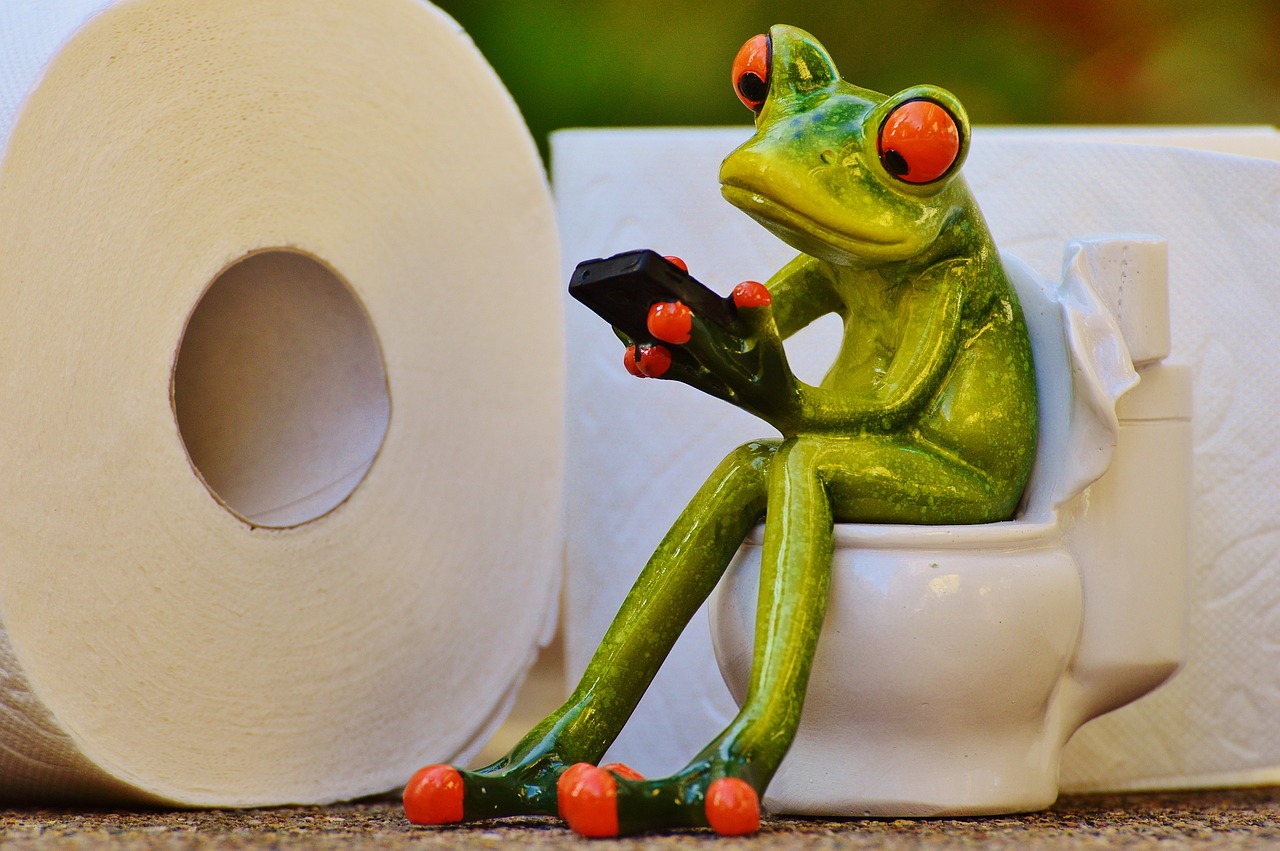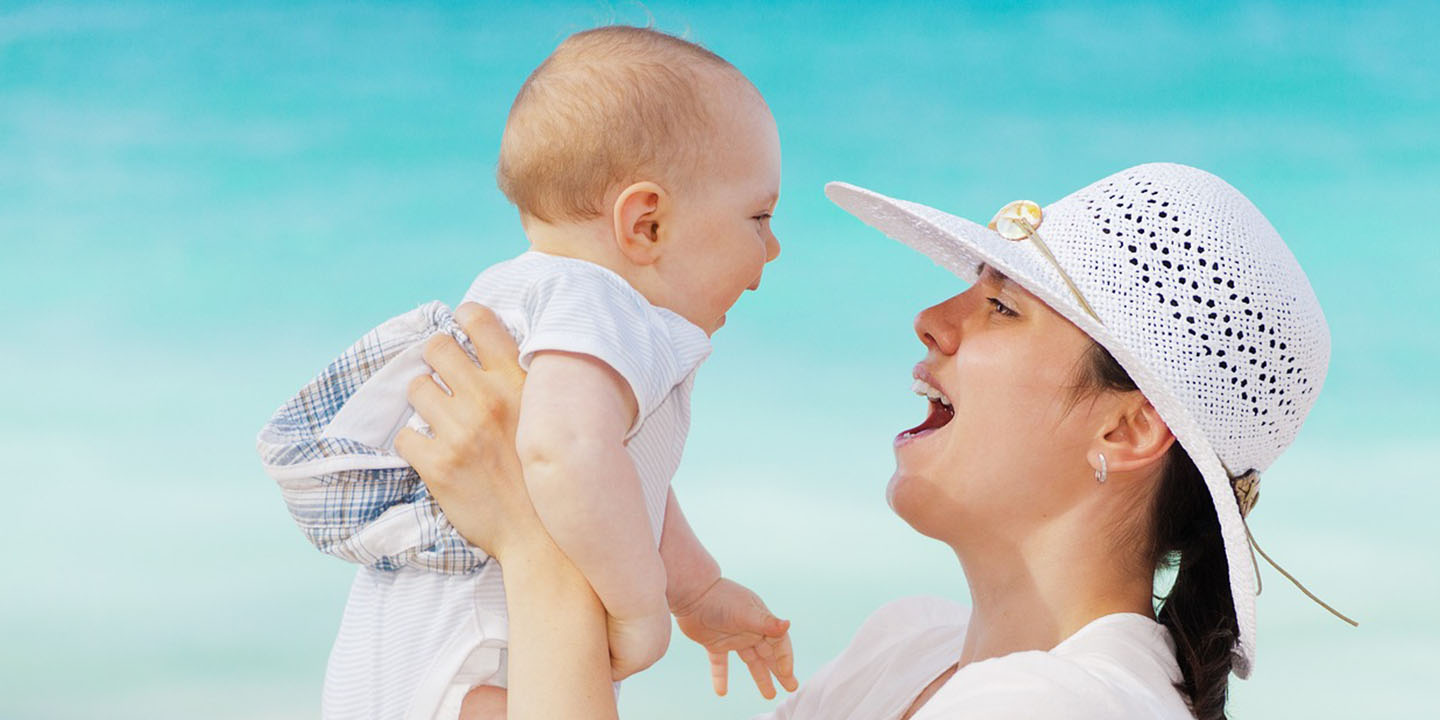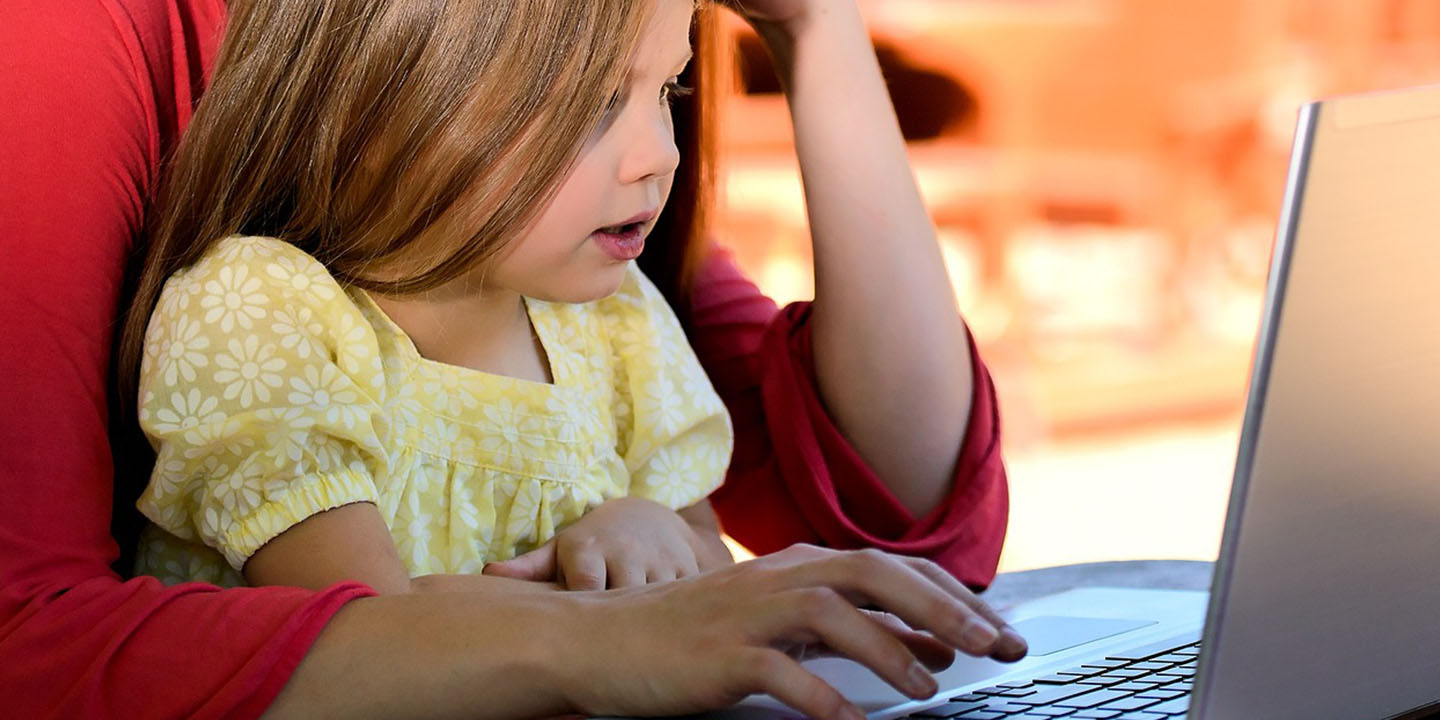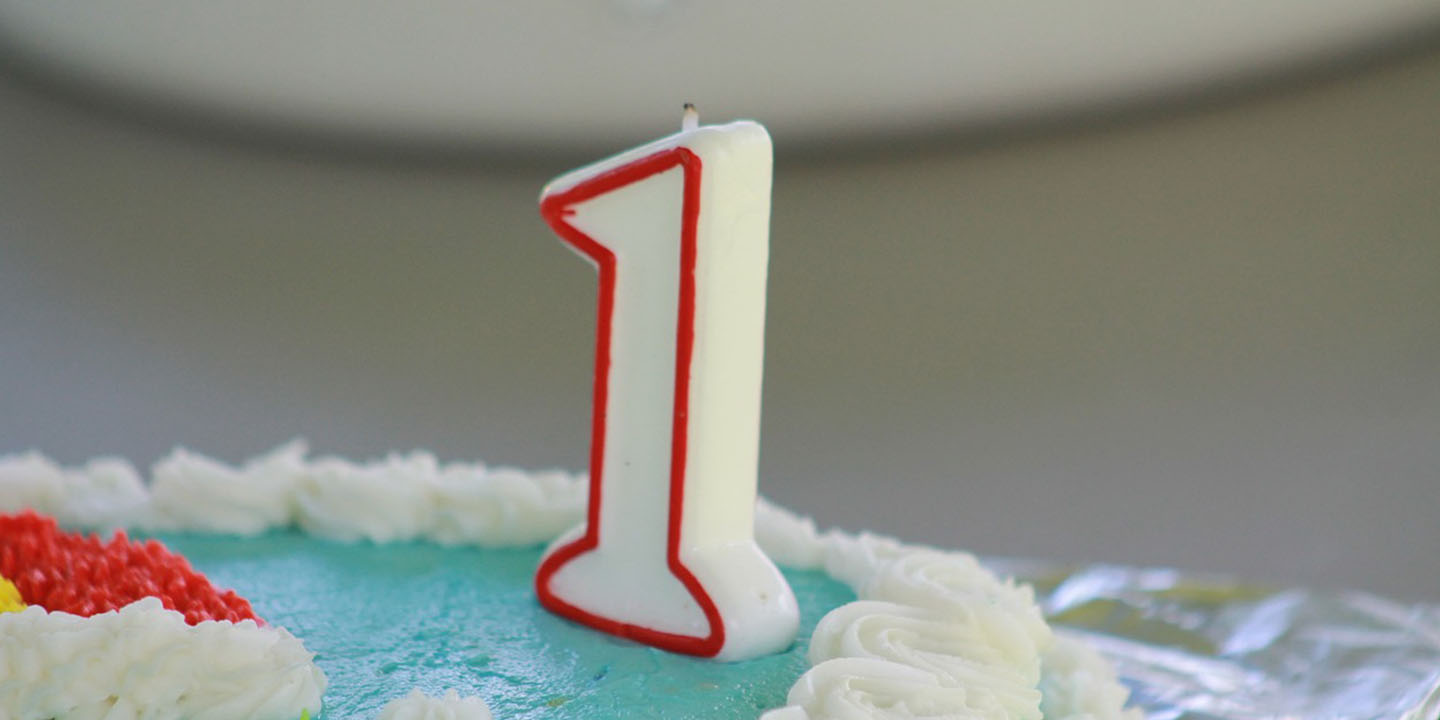One of the major milestones in a child's developmental journey is learning to use the toilet independently. This can be a significant challenge both for parents and the child. It requires patience, consistency, and a deep understanding of your child's cues. A well-strategized approach can make this journey smoother and less stressful for all involved. Here are five helpful tips to guide you through the potty training process.
1. Recognizing Readiness
The first step in the potty training process is to identify when your child is ready to begin. Most children are ready for potty training between 18 and 24 months, but every child is different. Look for signs of readiness such as your child showing interest in the toilet or potty, staying dry for longer periods, or exhibiting discomfort when their diaper is wet or soiled. Trying to initiate potty training before your child is ready may lead to resistance, prolong the process, and potentially create a negative association with using the toilet.
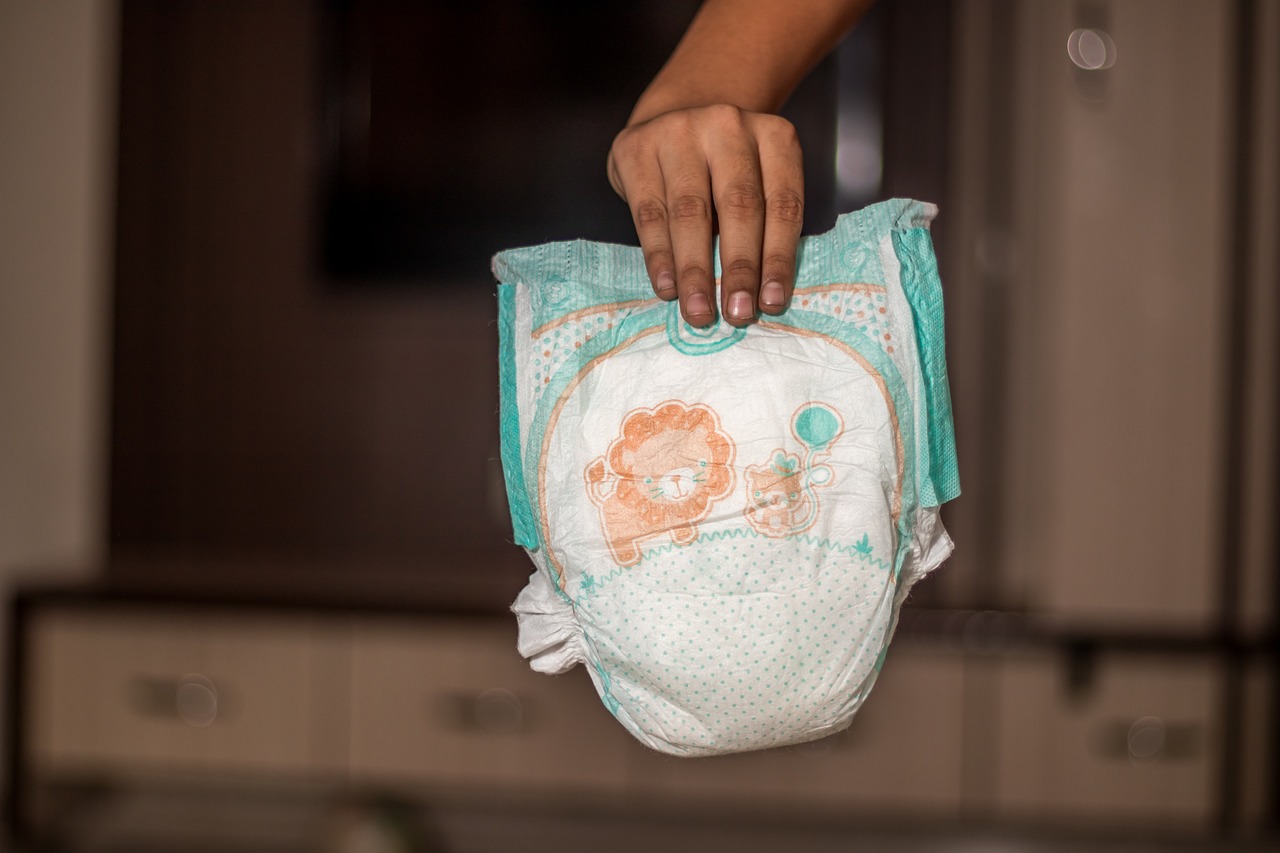 Image by Mahesh Patel from Pixabay
Image by Mahesh Patel from Pixabay
2. Establishing a Routine
Consistency is key in potty training. Setting up a routine for your child helps them understand when it's time to use the toilet. This could include going to the potty first thing in the morning, after meals, and before bed. Keep in mind that a routine is not about forcing your child to use the toilet at specific times, but rather about creating a predictable pattern that helps them recognize their body's signals for needing to go.
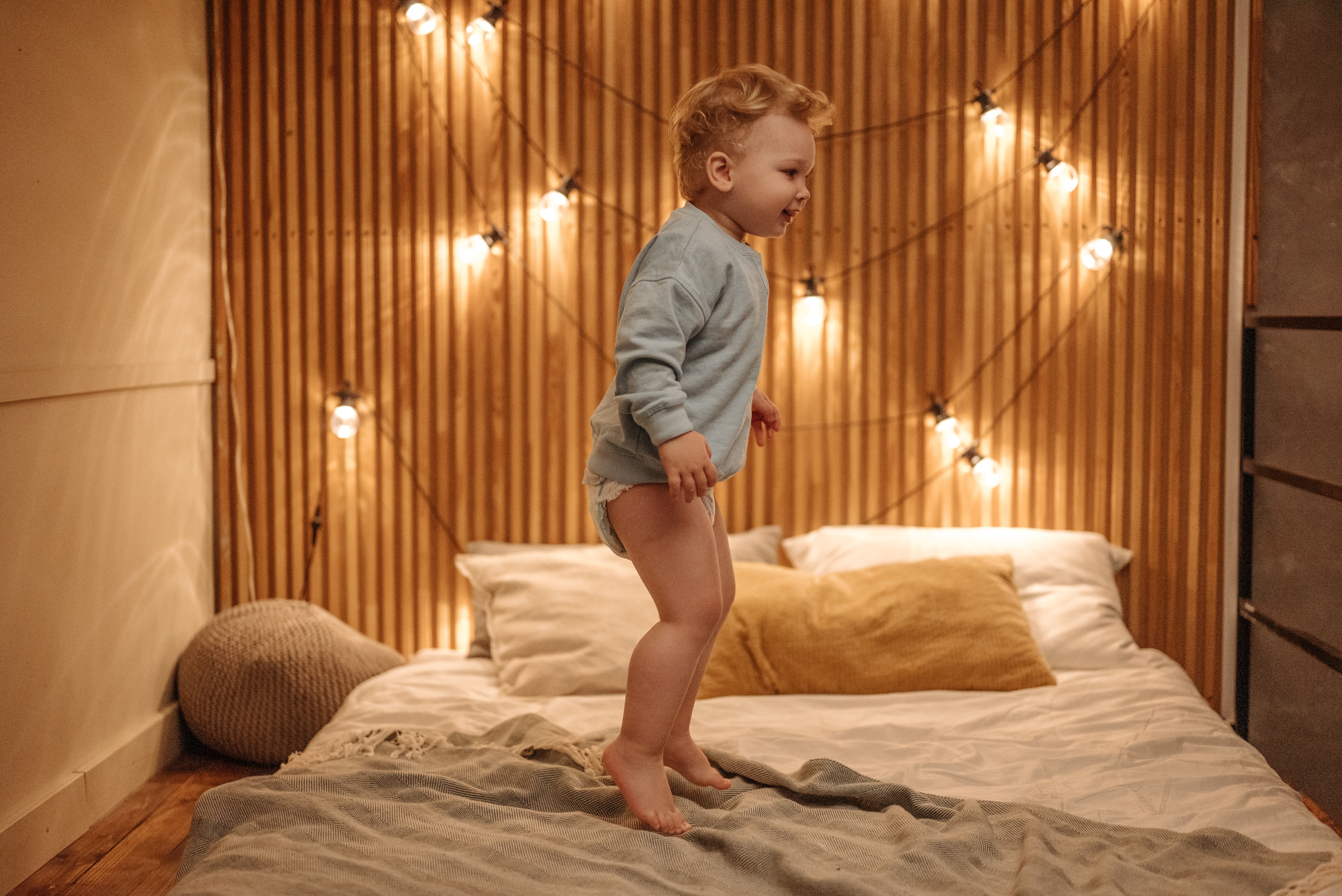 Photo by Pavel Danilyuk on Pexels
Photo by Pavel Danilyuk on Pexels
3. Making it Fun and Positive
Potty training should be a positive experience for your child. Make the process enjoyable by using fun potty chairs, reading books about potty training, or by introducing a reward system. Remember, rewards should focus on the process, not the result. Celebrate small victories like sitting on the potty, even if they don't actually go. Keeping the experience light-hearted and fun will reduce stress and encourage your child's enthusiasm.
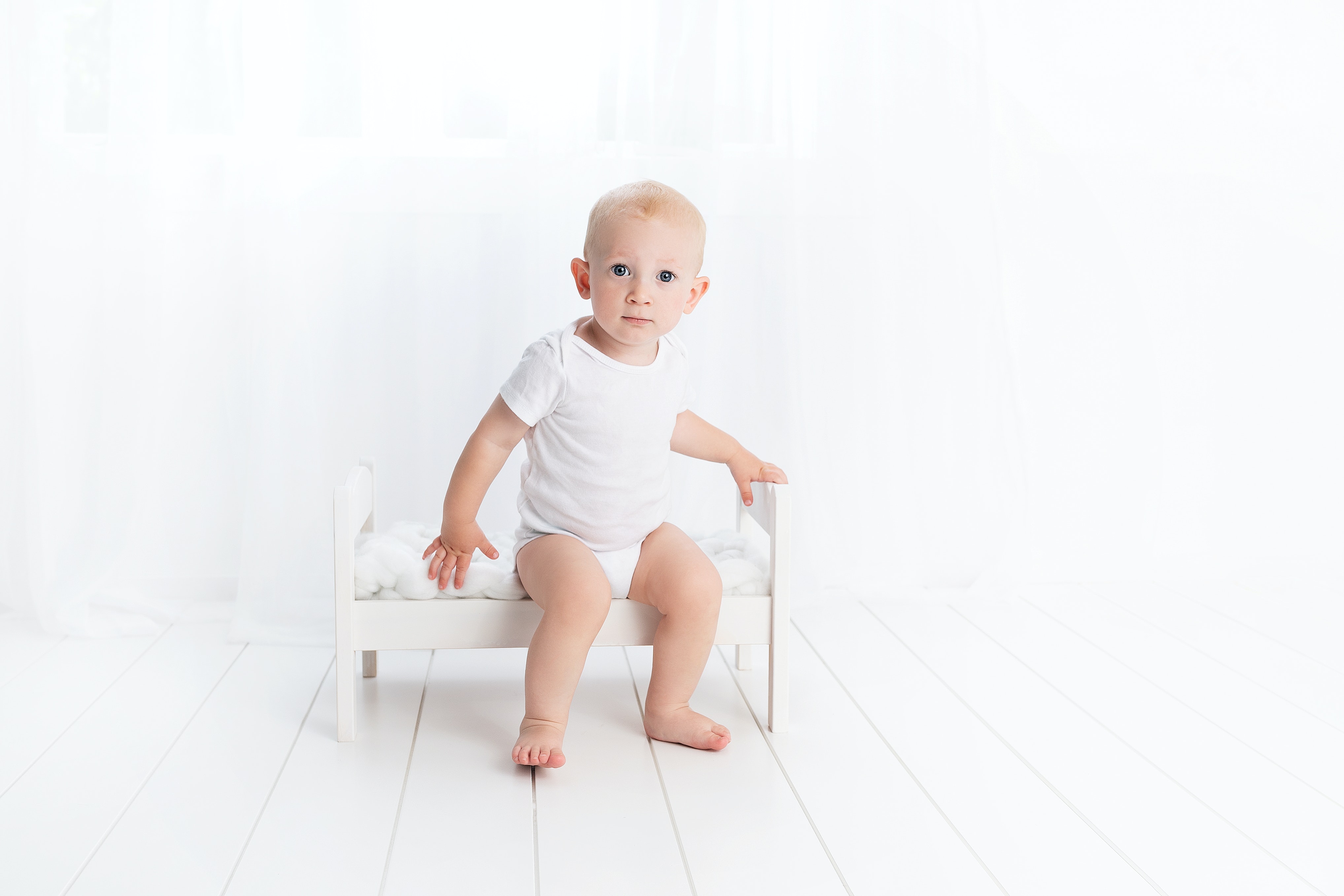 Photo by Henley Design Studio on Unsplash
Photo by Henley Design Studio on Unsplash
4. Modeling and Demonstrating
Children learn by observing and imitating the people around them. One effective method of potty training involves showing your child how to use the toilet. This can be done by explaining the process in simple language, using a doll to demonstrate, or letting them see same-age peers or older siblings use the toilet. It's crucial to emphasize the normality of the process, so your child understands that everyone learns this skill.
5. Being Patient and Supportive
Last but not least, patience is crucial during potty training. There will likely be accidents, resistance, and perhaps even regression. Understand that this is part of the learning process. Reassure your child that accidents are okay and part of learning. Support them through any frustrations and celebrate their successes, however small. Remember that every child is different; some may pick up potty training quickly, while others may need more time. Stay patient, supportive, and remember the end goal is a confident, toilet-trained child.
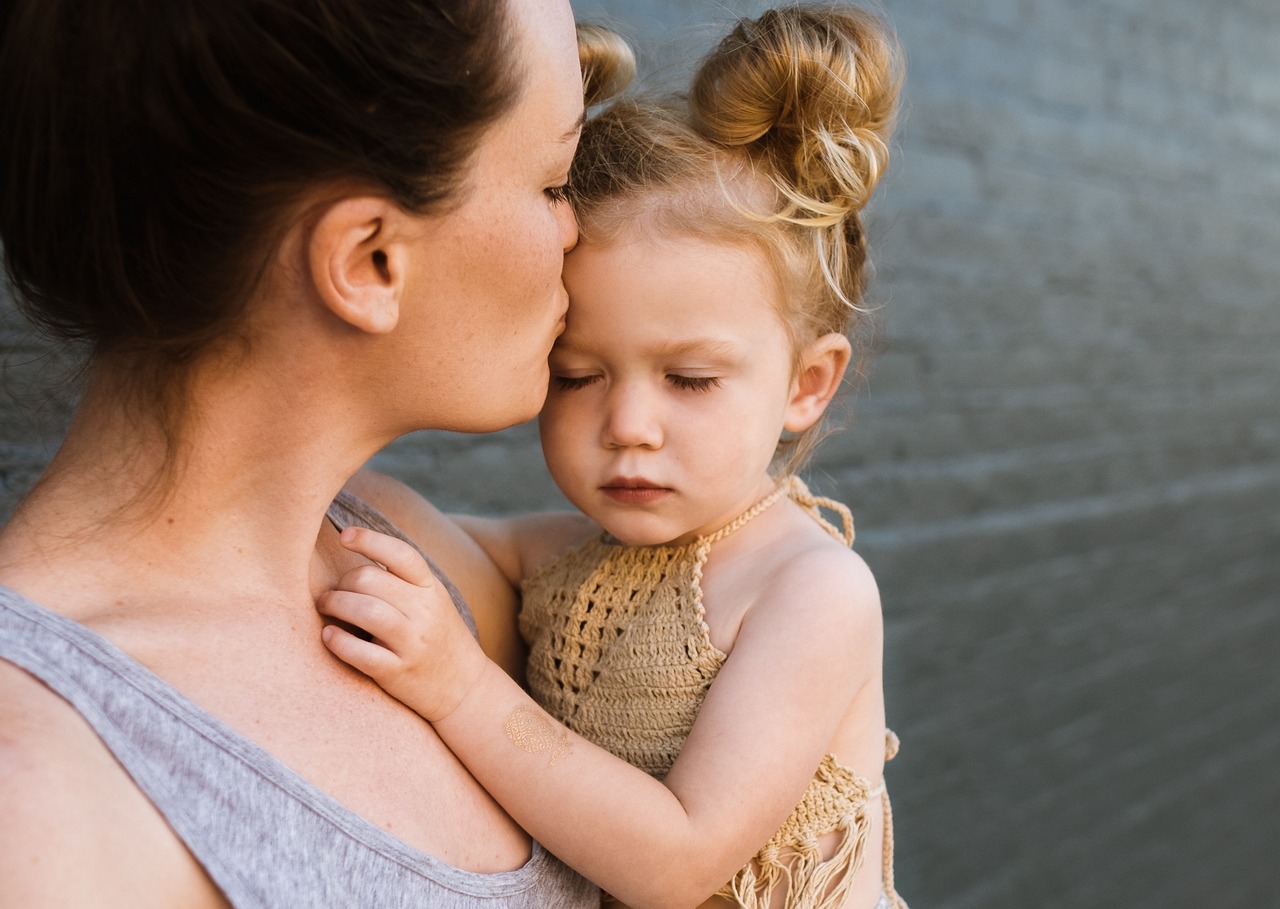 Image by StockSnap from Pixabay
Image by StockSnap from Pixabay
Potty training is a significant step in your child's life. Following these tips can help make the journey smoother, ensuring it's a positive experience for both of you. Be patient, stay consistent, and before you know it, your little one will be using the toilet like a pro.


